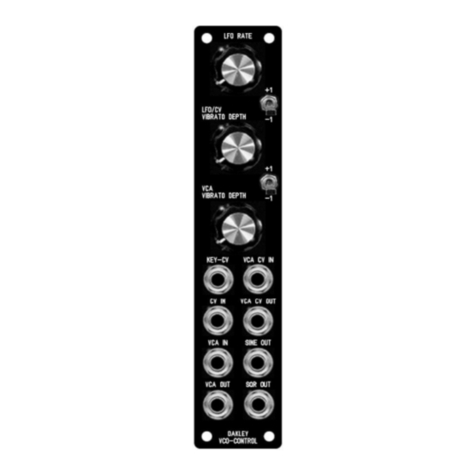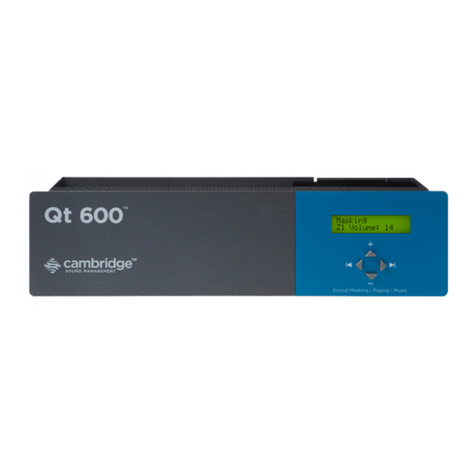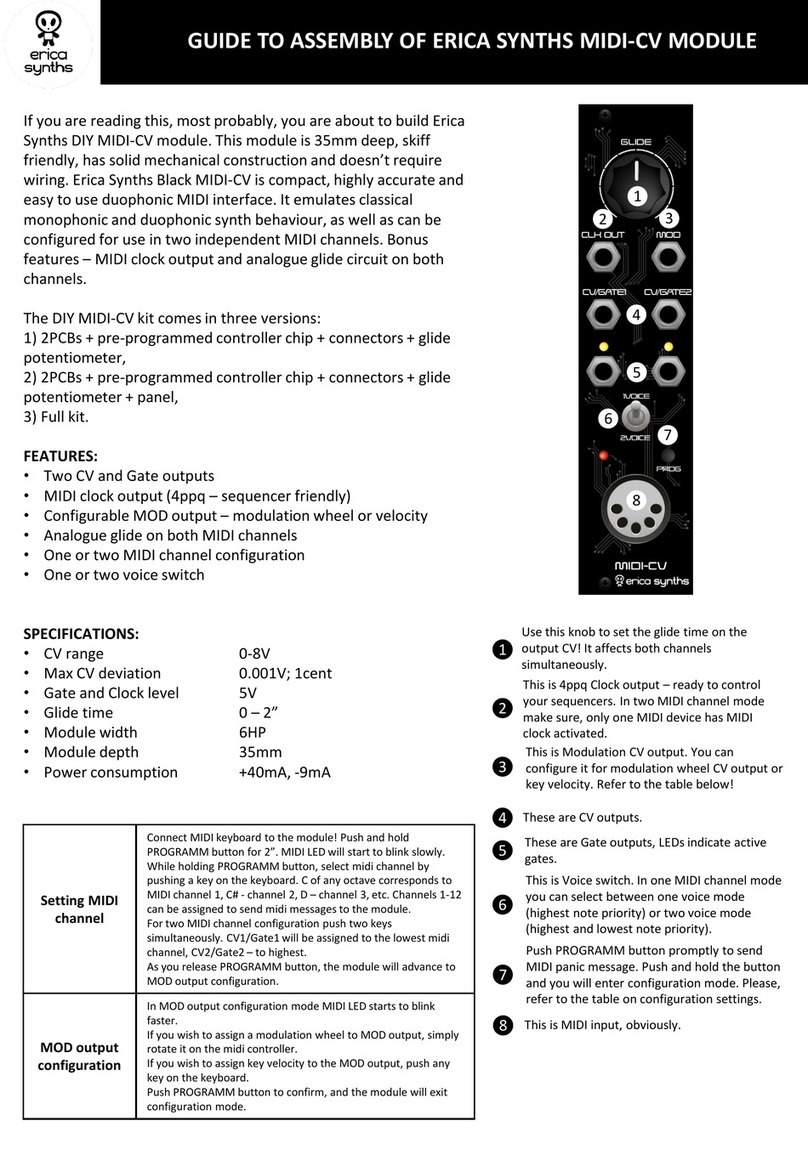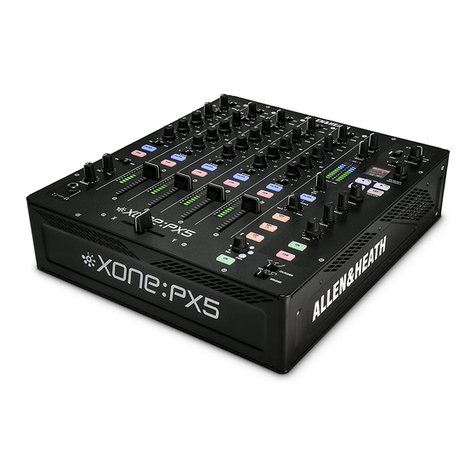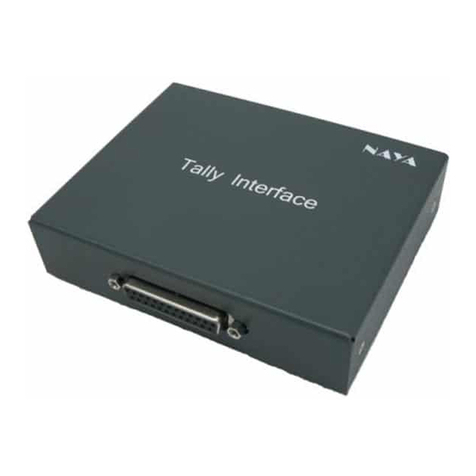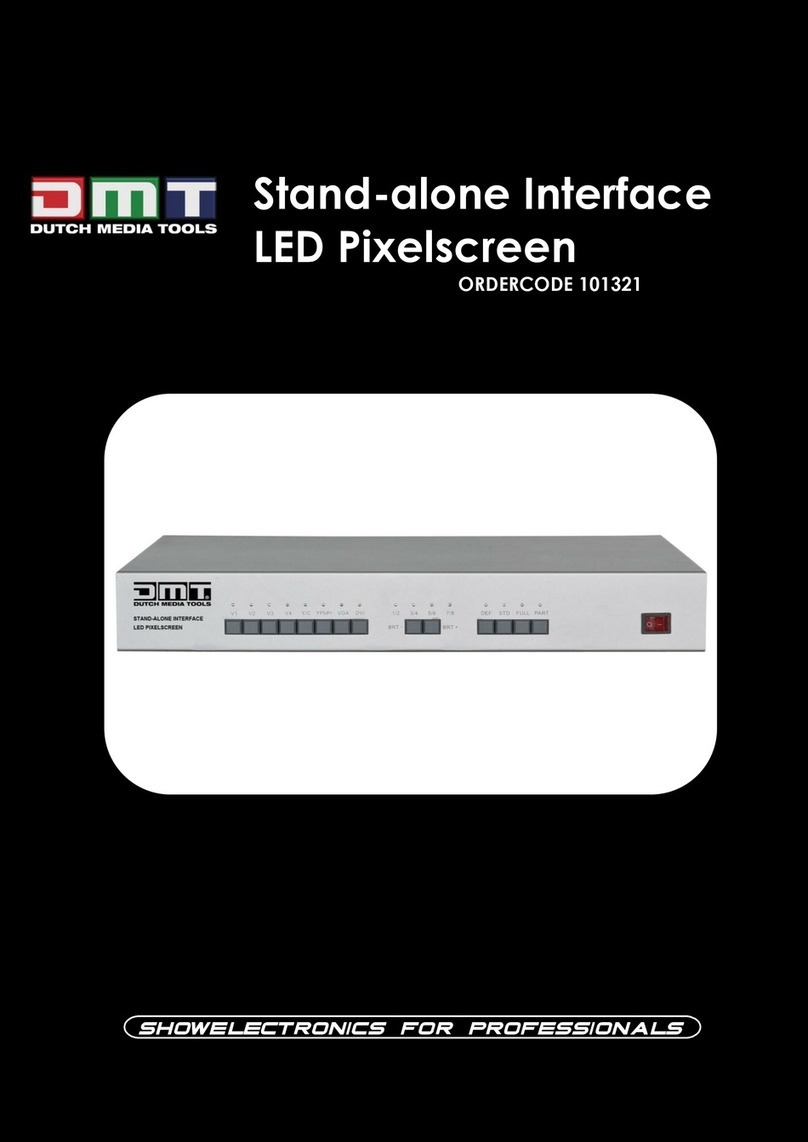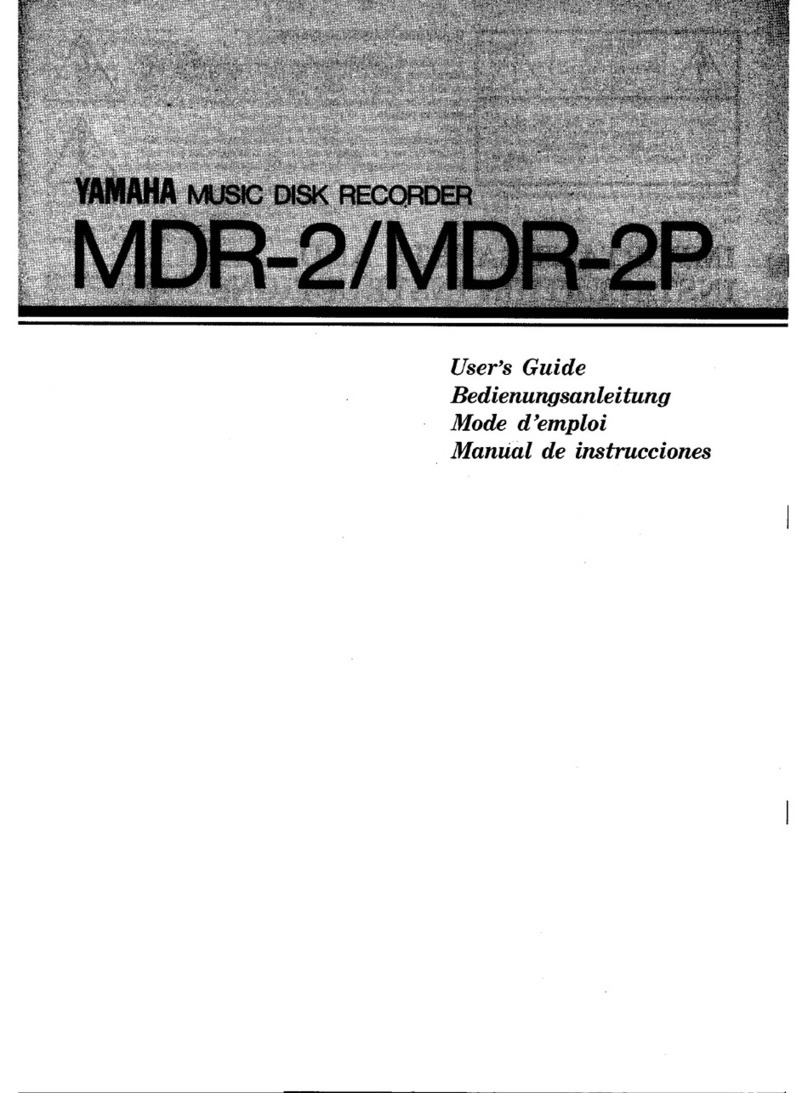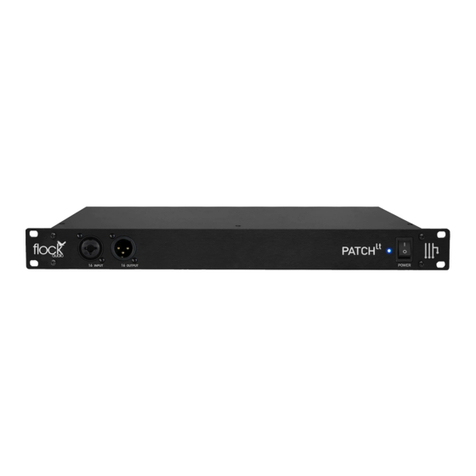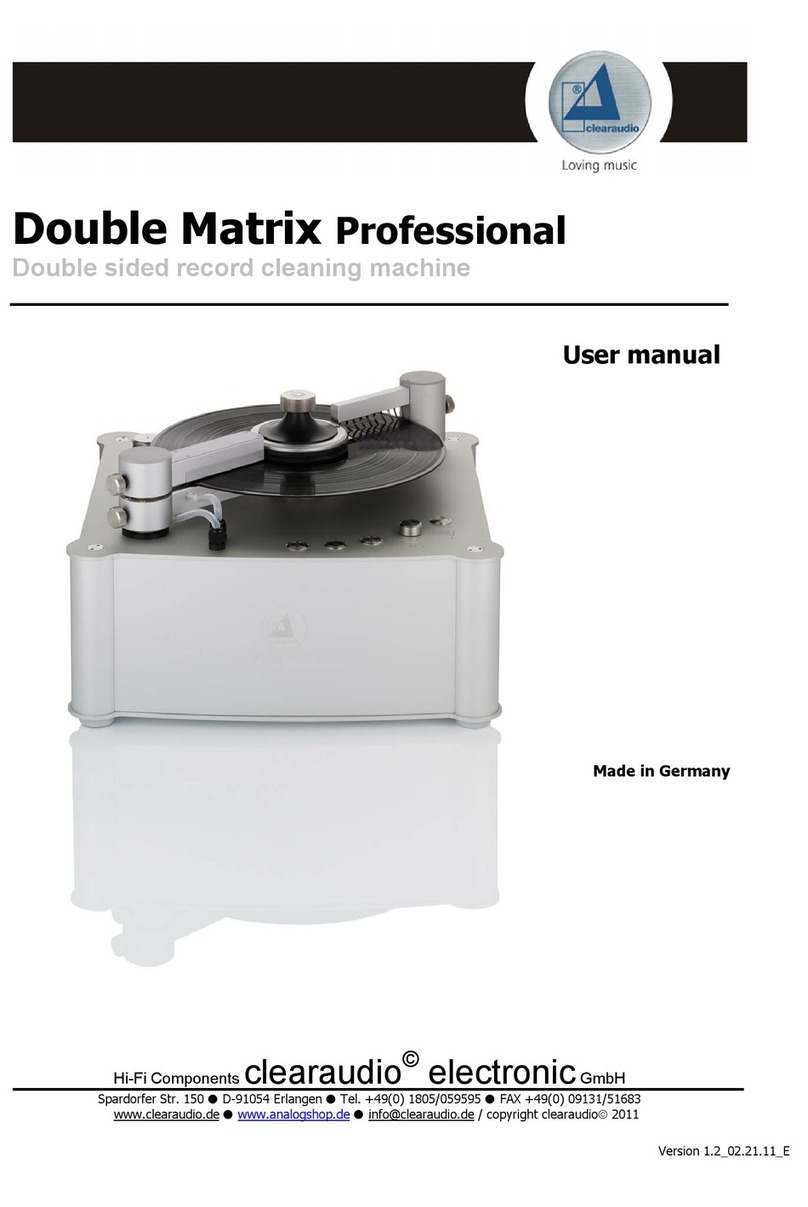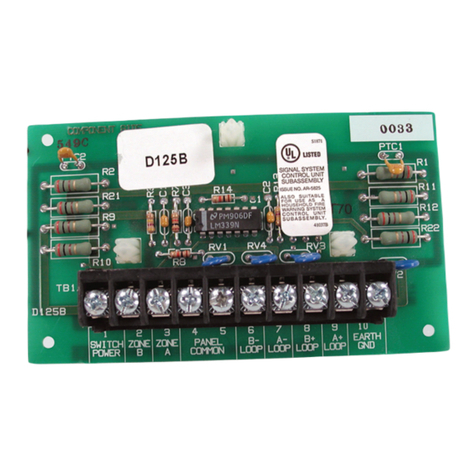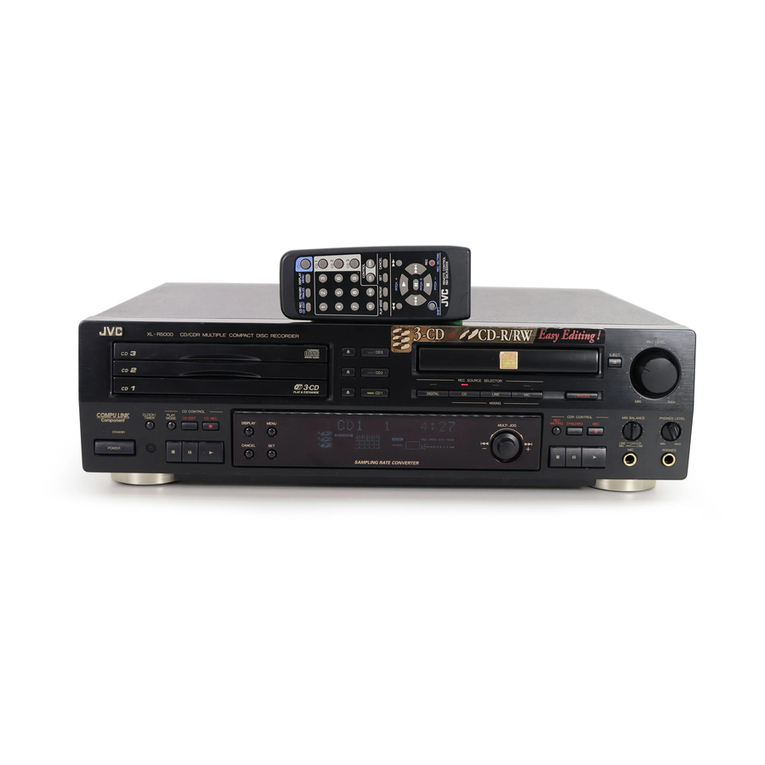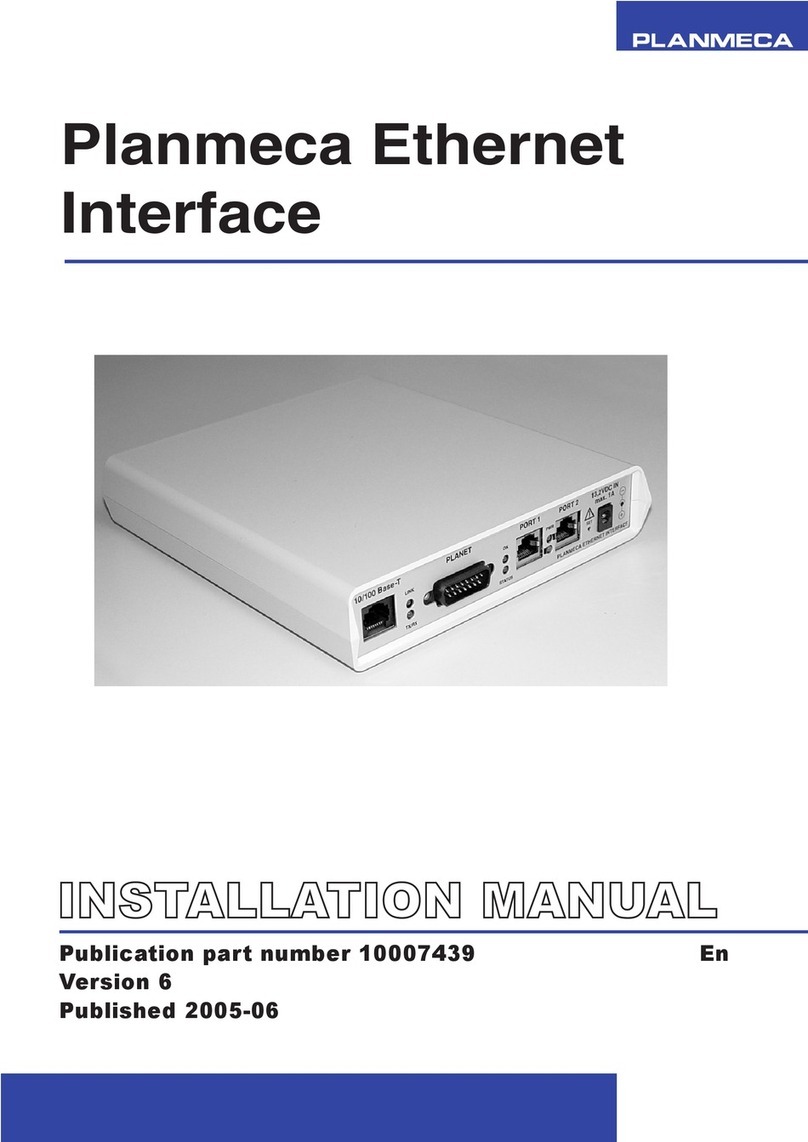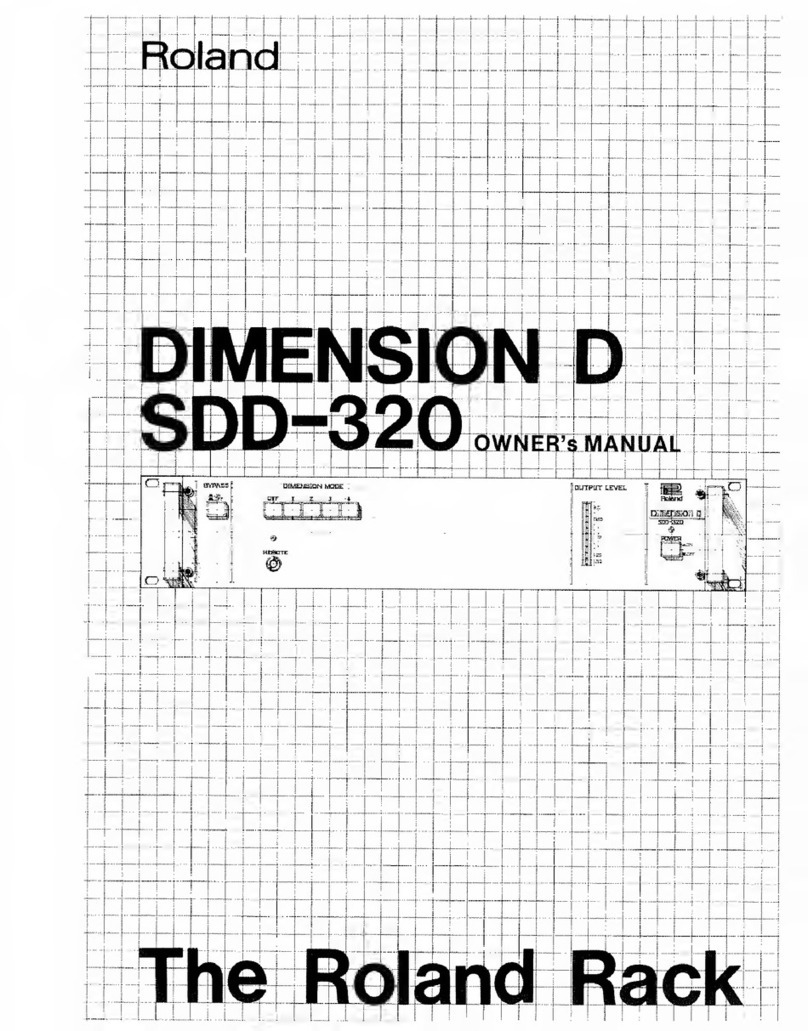Arjo IR User manual

IR interfrace
151910_03 • 09/2020
INSTRUCTIONS FOR USE

WARNING
To avoid injury, always read this Instructions for Use and accompanied
documents before using the product.
Mandatory to read the Instructions for Use
Design Policy and Copyright
® and ™ are trademarks belonging to the Arjo group of companies.
© Arjo 2020.
As our policy is one of continuous improvement, we reserve the right to modify designs
without prior notice.The content of this publication may not be copied either whole or in
part without the consent of Arjo.

(i)
Contents
Safety Warning . . . . . . . . . . . . . . . . . . . . . . . . . . . . . . . . . . . . . . . . . . . . . . . . . . . . . . iii
Safety Warning . . . . . . . . . . . . . . . . . . . . . . . . . . . . . . . . . . . . . . . . . . . . . . . . . . . . . iii
Environmental Protection . . . . . . . . . . . . . . . . . . . . . . . . . . . . . . . . . . . . . . . . . . . . . iii
Introduction . . . . . . . . . . . . . . . . . . . . . . . . . . . . . . . . . . . . . . . . . . . . . . . . . . . . . . . . . 1
About this Manual . . . . . . . . . . . . . . . . . . . . . . . . . . . . . . . . . . . . . . . . . . . . . . . . . . . 1
About the IR Interface . . . . . . . . . . . . . . . . . . . . . . . . . . . . . . . . . . . . . . . . . . . . . . . . 1
Installation and Setup . . . . . . . . . . . . . . . . . . . . . . . . . . . . . . . . . . . . . . . . . . . . . . . . . 2
Contents of Pack . . . . . . . . . . . . . . . . . . . . . . . . . . . . . . . . . . . . . . . . . . . . . . . . . . . . 2
Battery Replacement . . . . . . . . . . . . . . . . . . . . . . . . . . . . . . . . . . . . . . . . . . . . . . . . 2
Mechanical Attachment of the IR Interface Module . . . . . . . . . . . . . . . . . . . . . . . . . 3
Electrical Connection of the IR Interface Module . . . . . . . . . . . . . . . . . . . . . . . . . . . 3
Installation of the IRRemote software . . . . . . . . . . . . . . . . . . . . . . . . . . . . . . . . . . . . 5
Optimum Positioning of the IR Interface Module and Pump . . . . . . . . . . . . . . . . . . . 6
To Run the IRRemote Software . . . . . . . . . . . . . . . . . . . . . . . . . . . . . . . . . . . . . . . . 6
Operation . . . . . . . . . . . . . . . . . . . . . . . . . . . . . . . . . . . . . . . . . . . . . . . . . . . . . . . . . . 11
Connection to Pump . . . . . . . . . . . . . . . . . . . . . . . . . . . . . . . . . . . . . . . . . . . . . . . . 11
Passwords . . . . . . . . . . . . . . . . . . . . . . . . . . . . . . . . . . . . . . . . . . . . . . . . . . . . . . . 11
Information Screen . . . . . . . . . . . . . . . . . . . . . . . . . . . . . . . . . . . . . . . . . . . . . . . . . 11
Service Screen . . . . . . . . . . . . . . . . . . . . . . . . . . . . . . . . . . . . . . . . . . . . . . . . . . . . 13
Test Screen . . . . . . . . . . . . . . . . . . . . . . . . . . . . . . . . . . . . . . . . . . . . . . . . . . . . . . . 15
Production Tab . . . . . . . . . . . . . . . . . . . . . . . . . . . . . . . . . . . . . . . . . . . . . . . . . . . . 18
Engineering Tab . . . . . . . . . . . . . . . . . . . . . . . . . . . . . . . . . . . . . . . . . . . . . . . . . . . 19
Technical Description . . . . . . . . . . . . . . . . . . . . . . . . . . . . . . . . . . . . . . . . . . . . . . . . 20

(ii)

(iii)
SAFETY WARNING
Safety Warning
Do not communicate with a pump connected to a mattress, using the IR Interface, if there is
a patient on the mattress.
Environmental Protection
Incorrect disposal of this equipment and its component parts, particularly batteries or other
electrical components, may produce substances that are hazardous to the environment. To
minimise these hazards, contact Arjo for information on correct disposal.

(iv)

1
1. Introduction
About this Manual This manual is your introduction to the IR Interface.
Use it initially to set up the system, and keep it handy as
a reference for day-to-day servicing routines.
About the IR
Interface
The IR Interface module, when connected to a laptop or
desktop PC, enables the PC to communicate with the
pump being serviced or repaired, to monitor and control
various functions within the pump. The IR Interface
module uses infrared as the data transmission medium to
and from the pump. The IR Interface module can be
used on the following pumps:
• NIMBUS 2
• NIMBUS 3
• NIMBUS (4)
• PRONIMBUS
• DFS 2
• DFS 3
• NIMBUS PAEDIATRIC
• AUTOEXCEL
• DFS HOMECARE
The IRRemote software is installed and run on the PC.
The software sets up a Windows Graphical User
Interface on the PC, and the different menus and tabs
provide full user control of the pump via the IR
Interface module.
The tabs on the IRRemote software are password
protected to prevent unauthorised access to menus.
The IR Interface module is powered by two internal
batteries, and connected to the serial communications
port on the PC. If there is no serial communications port
on the PC, then it can be connected to a USB port on the
PC using the Serial-to-USB adaptor cable provided. The
module can be attached to the open lid of a laptop PC, or
freestanding on any flat surface.

2
2. Installation and Setup
Contents of Pack The IR Interface pack contains the following items:
•IR Interface module and interface cable.
• USB to Serial Adaptor Cable and driver software.
Battery Replacement The IR Interface module is supplied without the internal
batteries installed.
To replace the batteries, carry out the following
procedure:
1. Remove the battery compartment cover on the back
of the IR Interface module.
2. Remove the two old batteries.
3. Install the two new “AA” batteries into the battery
compartment.
4. Install the battery compartment cover.
NOTE
Check the polarity of the batteries to make sure they
are installed correctly.

3
Mechanical Attachment of the IR Interface Module
Electrical
Connection of the IR
Interface Module
1. Connect the 9-way D-type RS232 plug on the end
of the IR Interface module cable to the serial port
on the laptop/desktop PC. If there is no serial port
on the PC, connect the IR Interface module cable
to a USB serial port using the USB - Serial
Adaptor.
2. Make sure the IR Interface module cable is
tightened securely.
NOTE
A bad connection will be indicated by the message “IR
Module not connected or battery low” being displayed
in red, in the top right corner of the dialog box, on the
laptop PC, when the IRRemote software is running.

4
Serial Serial Serial Port
USB
Configuration 2: IR Interface Module Cable - USB to Serial Adaptor
Configuration 1: IR Interface Module Cable to PC
Serial
Serial
Serial USB
Port
PC
IR Interface Module
RS232 Connection to PC
IrDA LED Lens
Front View of IR
Interface Module
PC
IR Interface
Module
NIMBUS 3 Pump

5
3. Using the Please select COM port drop-down
menu, set the Serial Port to that which the IR
Interface module is connected. There are only four
Serial Ports to select from COM1 to COM4.
•IfjusttheIR Interface module cable is used,
then the port will normally be COM1 or COM2.
• If the USB to Serial Adaptor is used, you can
establish which serial com port the IR Interface
module is connected to as follows:
•• Click the Start icon on the PC.
•• Click the Control Panel icon.
•• Double-click the System icon. This will bring
up the System Properties dialogue box.
Click the Hardware tab.
•• Click the Device Manager icon.
•• Double-click onto the Ports (COM & LPT)
icon. This will bring up a list of Com ports
being used. Look for USB-to-Serial Comm
Port (COMX) where X is the COM port being
used by the IR Interface module.
Installation of the
IRRemote software
1. Close down any applications that are running on the
PC before starting the installation of the IRRemote
software.
2. Download the software driver from:
https://arjo-my.sharepoint.com/:f:/p/sven_zhao/
EluEocUww0FErVCvMLBg_3UBs8quQAZDduU
Cgo79lL8qBg?e=ZV28tv

6
Optimum Positioning
of the IR Interface
Module and Pump
1. Place the IR Interface module in front of the pump,
such that the small clear plastic window on the
front of each unit (covering the infrared transmitter
and receiver) face each other.
2. The distance between the two units should be
approximately 0.3 - 1.0m (1-3 feet) for optimum
infrared data transmission.
3. Make sure there is nothing obstructing the infrared
data transmission path.
4. To enable the IR Interface and pump to
communicate with each other, the pump should be
in the upright position and the IR Interface module
should be mounted vertically, with the connecting
cable at the top or bottom. Do not use the IR
Interface module on its side if the pump is in the
upright position
.
To Run the IRRemote
Software
1. On the PC, select Start then Programs then
IRRemote.
2. The Information tab is displayed by default, with
the Connection menu superimposed over the top
of it.

7
3. Select the pump to communicate with from the
following list displayed in the dialog box, and then
click OK:
4. If the pump type selected is NIMBUS II,
NIMBUS 3, NIMBUS (4), PRONIMBUS, DFS 2
or DFS 3, the following dialog box will be
displayed:
Press the STATIC and MUTE keys on the pump front
panel at the same time, as follows:
Pump to be
tested
Select Pump
in dialog box
Next dialog box
displayed
NIMBUS II NIMBUS II Refer to para 4.
NIMBUS 3 NIMBUS 3 Refer to para 4.
NIMBUS (4) NIMBUS 3 Refer to para 4.
PRONIMBUS NIMBUS 3 Refer to para 4.
DFS 2 DFS 2 Refer to para 4.
DFS 3 DFS 3 Refer to para 4.
NIMBUS
PAEDIATRIC
AUTOEXCEL Refer to para 5.
AUTOEXCEL AUTOEXCEL Refer to para 5.
DFS
HOMECARE
DFS
HOMECARE
Refer to para 5.
STATIC (or on ProNimbus).
(or on DFS3 and Nimbus 3).
(or on Nimbus (4))

8
Then click OK.
5. If the pump selected is AUTOEXCEL, DFS
HOMECARE or NIMBUS PAEDIATRIC, the
following dialog box will be displayed:
• Press the MUTE button on the pump front panel,
or or on Nimbus Paediatric
(depending on the control panel installed) and
hold it down for more than 3 seconds.
• Then click OK.
6. To change the pump type, click on Connection,
and repeat paragraphs 3-5 above.
7. To check the COM port options, infrared
communication baud rate and interface type, click
on Settings then Com Port. The Port Settings
dialog box will be displayed:
• COM Port: This should be set to the COM port to
that which the IR Interface module is connected.
Refer to “Electrical Connection of the IR
Interface Module” on page 3.
MUTE (or on ProNimbus).
(or on DFS3 and Nimbus 3).
(or on Nimbus (4))

9
• Bits per second: This must be set to 1200.
• Interface Type: This must be set to IR.
• Click OK to return to the Information tab.
• If either the Bits per second and/or Interface
Type are set to any other values, the following
error message is displayed:
8. The Information screen is now shown. You must
click on the REFRESH button to read and display
the data from the pump.
9. Infrared data transmission progress is indicated by
the messages “Communication successful” or
“Communication unsuccessful” displayed in the
lower left-hand corner of the dialog box.
Bad Connection/Battery Low Error Message
Pump Type
Infrared Data Transmission Status

10
10. If a ?is displayed in all the boxes on the
Information tab (except a Vin the Software
Version Number box), then an error has occurred.
Check the setup, including the IR Interface module
connection and orientation in relation to the pump,
and check that there is no obstruction between the
infrared windows of the Pump and IR remote. Then
click on the REFRESH button to read and display
the data from the pump.
11. The Service, Test, Production and Engineering
tabs are password protected.
12. Detailed information regarding the controls and
indications for all tabs is in Section 3, “Operation”.
13. Click on Quit to exit the program.

11
3. Operation
These instructions cover the detailed operation of the IR
Interface and IRRemote software when
communicating with a pump.
Connection to Pump Refer to Section 2, “Installation and Setup”, and carry
out the following:
• Install and setup the IR Interface.
•RuntheIRRemote software.
• Select the correct pump on the Connection menu,
initialize the pump, and click OK.
Passwords The Information tab is not password protected.
The other four tabs (Service, Test, Production and
Engineering) are password protected. Each of these
tabs will have a unique password to enable different
users to only access certain tabs.
When any of the four password protected tabs is
selected, an Enter Password dialog box is displayed.
Type in the password, and click OK. If the password is
correct, the particular tab will be displayed.
If the password is incorrect, access to the tab will be
denied, and an Invalid Password dialog box will be
displayed. Click OK and select the tab again to re-enter
the password.
Passwords are not case sensitive.
The password for the Service tab is SERVICE.
The password for the Test tab is TEKKICHECK.
The password for the Production tab is DURANOSTIC.
Information Screen If the pump is NIMBUS II or 3, or DFS 2 or 3, or
NIMBUS (4) or PRONIMBUS the following
Information screen will be displayed:
NOTE
The Engineering tab is for Development use only.
The password will not be supplied to service personal.

12
Click the REFRESH button to read the information from
the pump.
The pump type is indicated in the status bar at the bottom
of the window.
The status of the infrared data transmission is indicated
by the messages “Communication successful”or
“Communication unsuccessful”displayed in the status
bar at the bottom of the window.
If the infrared data transmission status indicates
“Communication unsuccessful”and/or a ?is displayed
in all the boxes on the Information tab (except a Vin the
Software Version Number box), then an error has
occurred. Refer to Section 2, “Installation and Setup”,
and check the setup.
The following functions are available on the
Information tab:
•PCB Number. This is the serial number of the
display panel PCB in the pump, and can only be
changed by production.
•Pump Serial Number. A new serial number can be
set on the Production tab.
•Software Version Number. The version number of
the pump software.
Pump Type
Infrared Data Transmission Status

13
•Hours - Logged. Displays the logged hours of
operation since the display panel PCB was
manufactured, and cannot be reset.
•Hours - Meter. This counts up 1for every hour of
service time, and can be reset by the Hours - Reset
Meter button on the Service tab.
•Hours - Last Service. Displays the value of the
Hours - Logged at the last service.
•Alarms history. Displays how many times the
following alarms have occurred: Power, System,
High Pressure and Low Pressure (LP Comp 1 and
LP Comp 2).
If the pump is AUTOEXCEL, DFS HOMECARE or
NIMBUS PAEDIATRIC, the Information tab will
be the same as that displayed for the NIMBUS II and
3, etc., except the Alarms history will be as shown
below:
Displays how many times the following alarms have
occurred: Power, System, High Pressure and Low
Pressure (LP Comp). The Cause of last alarm
indicates the most recent alarm that has occurred.
Service Screen Select the Service tab, enter the password SERVICE,
and the following Service screen will be displayed.
NOTE
Maintenance time is not displayed if the pump type is
AUTOEXCEL, DFS HOMECARE or NIMBUS
PAEDIATRIC.

14
The following functions are available on the Service
screen:
•Hours - Reset Meter. Resets the Hours - Meter on
the Information screen.
•Hours - Log Service Hours. Stores the value of the
Hours - Logged at the last service, and displays this
value in the Hours - Last Service in the
Information screen.
•Alarms - RESET ALL. Resets the alarms which are
displayed in the Alarms history on the Information
screen.
•Maintenance time. This is displayed only if the
pump is a NIMBUS II or 3, NIMBUS (4),
PRONIMBUS, or DFS 2 or 3. You can set the
maintenance time to either 6 or 12 months. When
you click on the button, an Are you sure? dialog
box is displayed. Click Yes to set the required time.
•Change option bit. This lets you change the way the
pump responds when the mains/power is restored
following a Power Fail Alarm:
• If the Power Fail Option is Off or Reset (UK
only), then nothing is displayed on the front
panel and there is no audible alarm.
• If the Power Fail Option is On or Set (rest of the
world except UK), then the power indicator
illuminates but there is no audible alarm.
NOTE
Make sure the option bit is set correctly for the
country of use.
Table of contents
